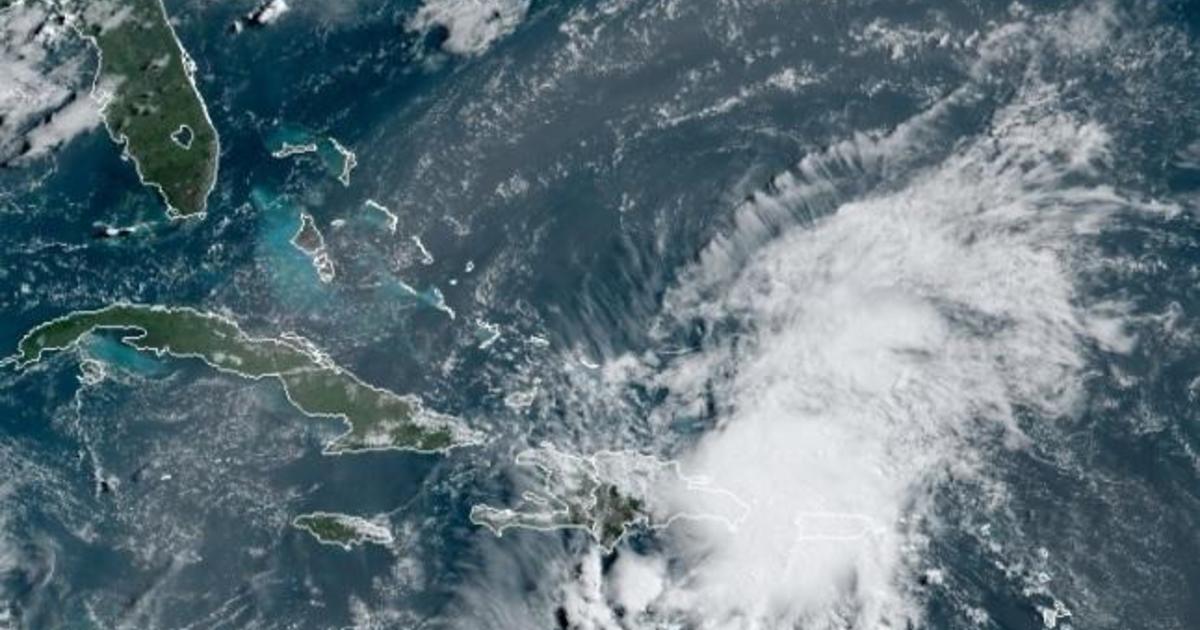
The National Hurricane Center said Thursday that Tropical Storm Isaias, which is hitting the Dominican Republic on a planned track to the east coast of the United States, is likely to become a hurricane on Friday. The storm has already triggered small landslides and caused flooding and power outages in Puerto Rico, which is still recovering from previous hurricanes and earthquakes.
The storm’s maximum sustained winds of 60 mph also knocked down trees and some telephone and electrical cables throughout the island.
The southern region of Puerto Rico was especially affected, and is still shaken by daily tremors. Santos Seda, mayor of the southwestern city of Guánica, told The Associated Press that he received reports of fallen trees and flooded neighborhoods where homes damaged by the earthquake still remain.
“People’s emotional state is deteriorating more every day,” he said, adding that crews will be deployed to assess the damage once the weather is fine.
Isaias was centered about 250 miles southeast of the southeast Bahamas on Thursday afternoon, according to the US National Hurricane Center. It was moving northwest at 20 mph, and its center was expected to hit southeast Bahamas. late Thursday night.
Isaías was already cutting down trees in the Dominican Republic, as government workers in some impoverished neighborhoods used loudspeakers to urge people to evacuate before the worst of the storm. Police also arrested a handful of surfers in the Santo Domingo capital accused of violating the government’s storm warnings.
Isaias left more than 400,000 customers throughout Puerto Rico without electricity and left some 150,000 customers without water, according to government officials. The teams opened the doors of a dam that had such a low water level last month that it led officials to cut off service every other day for some 140,000 clients. Disruptions were also reported in the neighboring United States Virgin Islands.
Minor damage was reported in other parts of Puerto Rico, where tens of thousands of people still use tarps as roofs over houses damaged by Hurricane Maria in September 2017.
José Pagán, a 22-year-old who lives in the eastern mountainous town of Juncos, said the power went out before dawn.
“I didn’t think it was going to be that strong,” he said of the storm, adding that his house is slightly flooded. “It is quite a difficult experience because it reminds us of Maria.”
Tropical storm warnings were issued for parts of the Dominican Republic and Haiti, Turks and Caicos, and the southeast, central, and northwest Bahamas. A tropical storm alert was issued for parts of the east coast of Florida.
Isaias is expected to produce 4 to 8 inches of rain in Puerto Rico, the Dominican Republic, and northern Haiti, with an isolated maximum total of 10 inches.
The Bahamas and the Turks and Caicos Islands could see 4 to 8 inches of rain, while Cuba could see 1 to 2 inches, with an isolated maximum total of 4 inches.
“These amounts of rain will lead to flash floods and life-threatening landslides, as well as river flooding,” the hurricane center warned.
Isaias is the ninth named storm in the Atlantic to form, according to Colorado State University hurricane researcher Phil Klotzbach. The previous record was Irene on August 7, 2005, Klotzbach tweeted.
So far this year, Christopher, Danielle, Edouard, Fay, Gert, and Hanna were also the first Atlantic storms named after their alphabetical order.
.